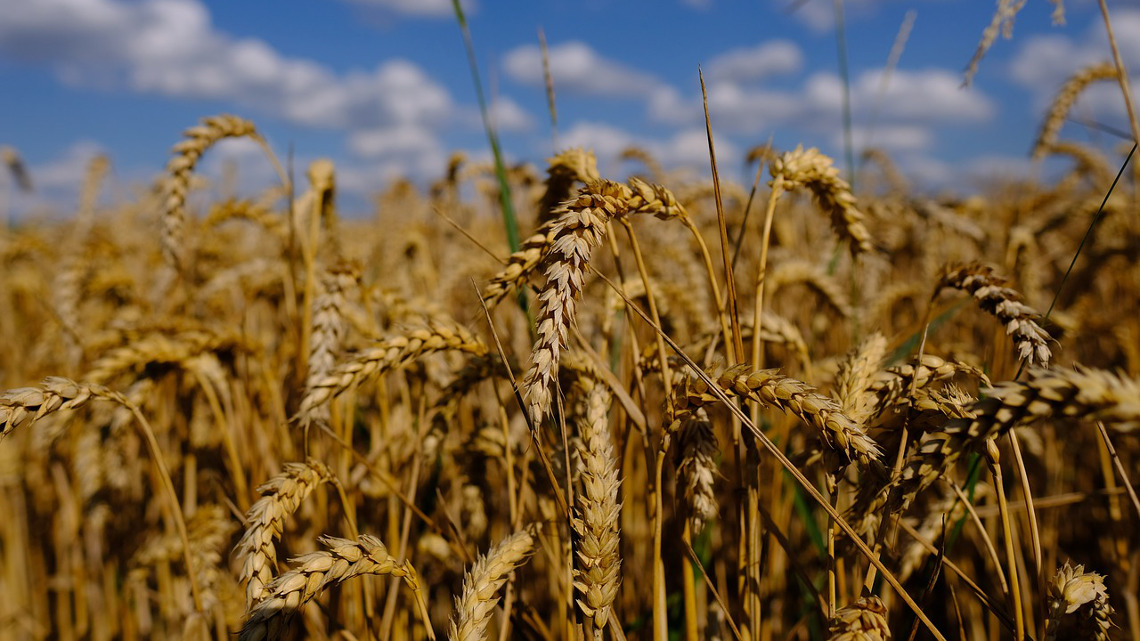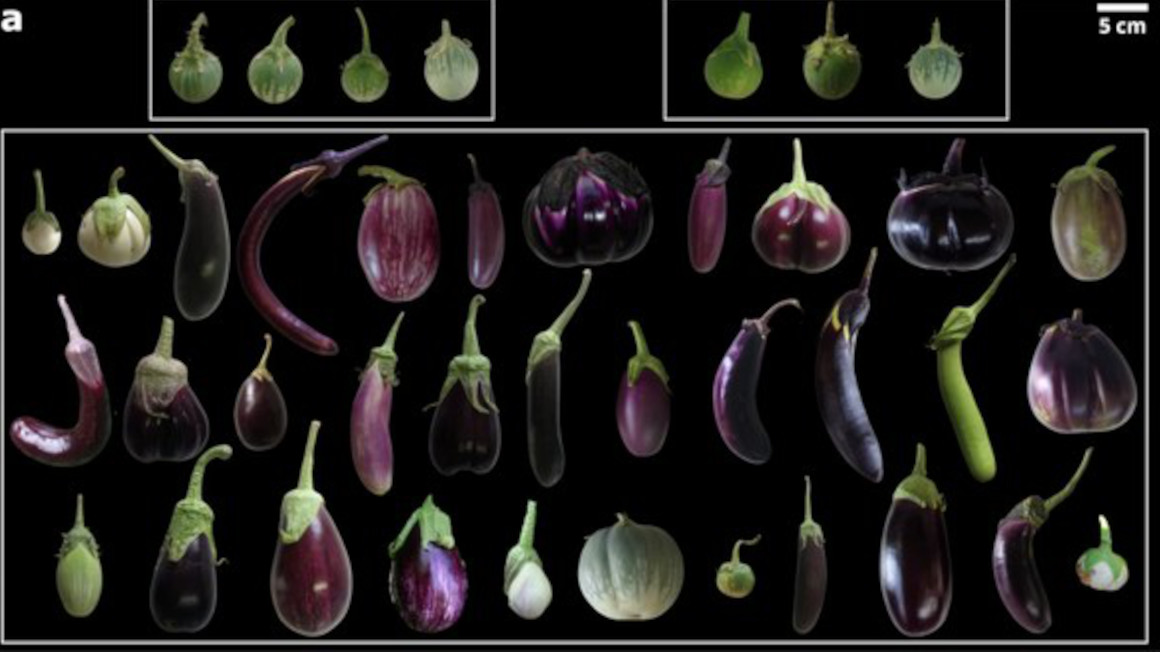Original genes optimise wheat cultivation
Researchers in Munich deciphered the complex genome sequence of goatgras. This ancestor of the common wheat could improve targeted breeding.

Wheat is one of the most important cereal species worldwide and its products like bread or pasta are common staples of food. Researchers at the Helmholtz Zentrum München and international colleagues have decoded the complex genome sequence of goatgrass (Aegilops tauschii), an ancestor of common wheat. The results, which could drastically improve wheat quality, as well as increase adaptability of modern wheat varieties to climatic conditions, were published in the journal “Nature”.
Cultivated wheat benefits from original qualities
Climate change, overbreeding and ever more resistant pests are endangering the global wheat yield. All this is happening at a time when the global population continues to grow and requires more wheat than ever before. Goatgrass, an ancestor of the modern common wheat could contribute important characteristics with regard to bread-baking quality and resistance to the already cultivated variety. "The now completely decoded genome of Aegilops tauschii serves as a reference for the analysis of the genomic changes in cultivated wheat since its origin," says Klaus Mayer, head of the Plant Genome and Systems Biology Research Unit (PGSB) at the Helmholtz Zentrum München and honorary professor at Technische Universität München School of Life Sciences Weihenstephan. With the high quality genome sequence now available, selective cultivation is significantly simplified now, as the genomic basis of important characteristics is finally accessible.
A complex genome requires specialised tools
Aegilops tauschii is equipped with a complex diploid genome, meaning there are two complete sets of chromosomes, which is not easy to decipher. "The decoding and comparative analysis with common wheat called for specialised tools and special know-how, which we have meanwhile acquired here," reports Manual Spannagl at the PGSB. For instance, these include high performance software and computing as well as analysis strategies that are adapted to the complex cereal genomes. "With the full genome sequence of Aegilops tauschii, we have now acquired detailed insights and found astonishing dynamism that points to accelerated evolution of the species," adds Sven Twardziok, who is also at the PGSB.
jmr


